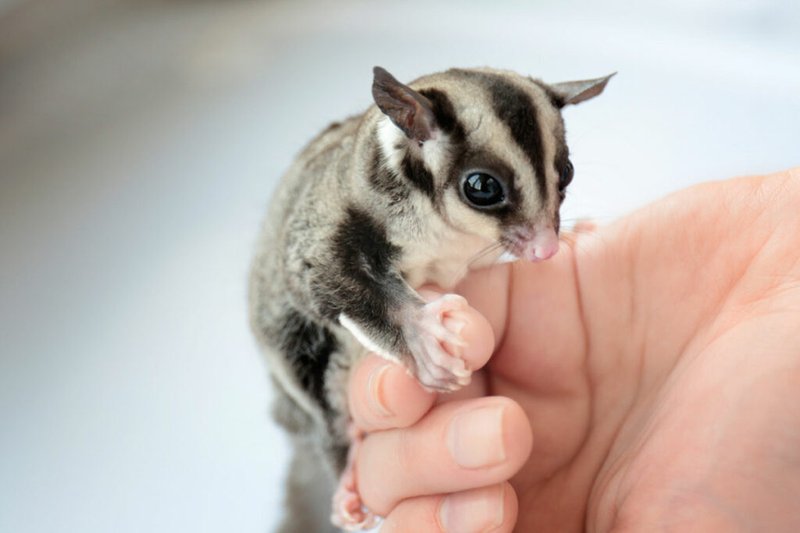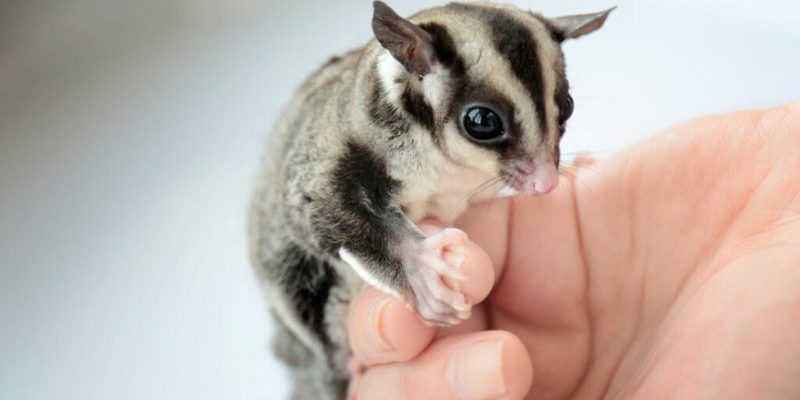
Imagine you’re at a café, chatting with a friend about that adorable sugar glider you’ve spotted on Instagram. It’s easy to get lost in the fun of owning one, but it’s important to think about the practical side too. Owning a sugar glider comes with both one-time and ongoing expenses, and understanding these costs can help you prepare for the joyful—and sometimes surprising—journey ahead.
Initial Purchase Costs
First things first, let’s talk about how much you need to fork out to bring a sugar glider home. Depending on where you live and whether you’re buying from a breeder or a pet store, the purchase price can vary quite a bit.
– Price Range: Most sugar gliders will cost you anywhere from $100 to $400. Factors like their age, color, and lineage can influence the price.
– Breeder vs. Pet Store: If you choose to buy from a breeder, you might spend more but can often get a healthier or more socialized pet. Pet stores might offer lower prices, yet the animal’s health history might be questionable.
– Adoption: If you’re looking to save a few bucks, consider adopting from a rescue. Adoption fees typically range from $50 to $150, and you’ll be giving a sugar glider a second chance at happiness.
Whichever route you take, make sure the seller is reputable and provides health guarantees. You want your new friend to be as healthy as he is adorable!
Habitat Setup Costs
Once you’ve made your purchase, it’s time to think about setting up the perfect home for your sugar glider. This involves more than just a cute little cage; it’s about creating an environment that mimics their natural habitat.
– Cage: A spacious, multi-level cage is crucial. Expect to spend anywhere from $100 to $300 on a good quality cage. Make sure it’s tall enough for their gliding antics and has plenty of space for toys and climbing.
– Bedding and Accessories: You’ll need soft bedding, toys, and even a few hammocks for them to snuggle in. This can add up to around $50 to $100. Don’t forget to include some branches for climbing!
– Feeding Supplies: You’ll also need food bowls and water bottles, which might set you back about $20.
Setting up your sugar glider’s habitat is an investment in their happiness, so it’s worth spending a little extra for quality.
Ongoing Food Costs
Now that your sugar glider has a cozy home, let’s talk about what they’ll munch on. Feeding these little critters isn’t as simple as pouring some kibble into a bowl.
– Diet: Sugar gliders thrive on a balanced diet that includes fruits, vegetables, proteins, and a specialized sugar glider diet.
– Monthly Costs: Expect to spend around $20 to $50 a month on their food. Fresh fruits and veggies will be a regular part of their meals, so plan to keep your kitchen stocked.
– Treats: You might also want to spoil them with occasional treats. Just remember that healthy choices are essential, as sugar gliders can be prone to obesity.
Being mindful of their dietary needs helps keep your sugar glider happy and healthy, and it’s fun to experiment with different foods to see what they enjoy.
Veterinary Care Costs
Just like any pet, sugar gliders require veterinary care to stay in tip-top shape. Finding a vet who understands sugar gliders can be a bit tricky, but it’s a must.
– Routine Check-Ups: Annual vet visits can cost you between $50 and $100. These visits are great for keeping your glider healthy and identifying any potential issues early on.
– Emergency Care: If your sugar glider gets sick or injured, the costs can spike. Emergency vet visits can range from $200 to $1,000 depending on the situation. It’s a good idea to set aside some money each month for these unexpected expenses.
– Preventative Care: Also factor in the cost of vaccinations and any necessary medications. These can add up but are essential for your pet’s well-being.
Planning for veterinary expenses ensures you’re always prepared for any health hiccups along the way.
Additional Accessories and Toys
Sugar gliders are playful creatures that need plenty of stimulation to stay happy. This means you’ll be investing in toys and accessories regularly.
– Toys: Expect to spend around $10 to $30 per month on toys. They love climbing, chewing, and gliding, so variety is key.
– Enrichment Activities: Puzzle feeders or foraging toys can add about $15 to $40 every couple of months. These keep them mentally stimulated and help mimic their natural hunting behaviors.
– Replacement Supplies: Things wear out, so budgeting for replacements is smart. You might find yourself spending around $50 a year on replacing old or broken items.
Investing in play and enrichment can greatly enhance your sugar glider’s quality of life, making your home feel more like their natural habitat.
Time and Commitment
While we’ve mostly talked about money, let’s not forget the biggest cost: your time and commitment. Sugar gliders are social animals and need your attention daily.
– Time Commitment: Expect to spend at least 1-2 hours each day bonding with your sugar glider. This includes playtime, interaction, and maintaining their environment.
– Socialization: Sugar gliders are social by nature, so a lone glider can become lonely. Many owners opt to keep pairs, which means more time spent engaging with them.
– Training: Training your sugar glider can take time and patience. They can learn tricks and commands but need consistent interaction.
While they may only ask for your time, remember that the joy and companionship they bring is priceless.
In conclusion, owning a sugar glider can be a rewarding experience filled with laughter and love. However, it does require some financial investment and a good chunk of your time. When you consider all the costs—from purchase price and habitat setup to food and vet care—initial estimates might range from $500 to $1,000 in the first year alone, with ongoing annual costs around $300 to $700.
Ultimately, when you think about how much joy these little creatures can bring, the costs become just part of the adventure. If you’re ready to invest your time and resources, a sugar glider can be a delightful companion that will fill your life with fun and fascination.

